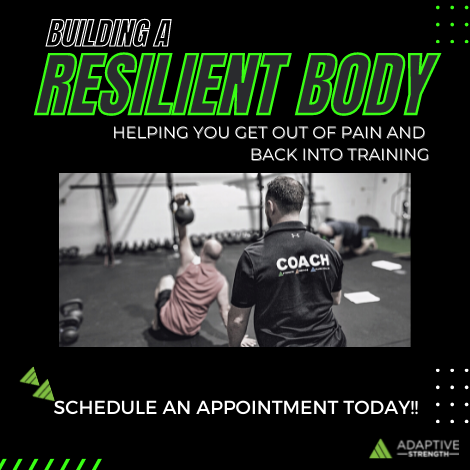In the current culture of the fitness world, it seems that taking extended rest periods or working at an intensity level that is less than maximum is considered a waste of time. However there are many in the fitness industry who are making the case for a more measured approach to strength and conditioning training.
The Problem:
Many of today’s popular training approaches use metabolic conditioning (metcons) such as the well known high intensity interval training (HIIT). These intervals involve high energy output for a short to medium effort followed by a short rest before repeating the set. For example the classic Tabata protocol of 20 sec work/ 10 sec rest x 8 rounds in one that in notorious among trainers.
This style of training is known as Glycolytic training. These are the sessions that make you want to throw up, make your muscles feel like they are going to burst into flames, and make it difficult to climb the stairs or change out your training clothes
This type of training creates a high amount of metabolic waste which is the burn that is often coveted. However this burn can be quite detrimental to our progress and health. Don’t get me wrong this high intensity style of training definitely has it’s place but shouldn’t be the goal of every training session you undertake especially if your goals are weight loss and general strength. HIIT style training should be used sparingly such as once a week as opposed to every day. Remember pain and sore muscles the days after a session is not an indicator or progress
So what is the alternative option?
It goes by the name of Anti-glycolytic training. Anti-glycolytic training protocols push you to the edge of your capacity but stop before you begin to lose power or feel the burn. Then you rest long enough to let your energy levels restore to be able to repeat the effort at the same level of intensity over and over again. Think of it as high intensity ‘repeat’ training.
An example session might be 10 swings every minute on the minute which involves completing 10 swings and then resting the remainder of the minute, then at the top of the next minute perform 10 more swings. Repeat this process for the desired amount of time.
This gives you 10-15 sec of hard work followed by 45-50 seconds of rest. This short effort followed by longer rest allows the body to be able to repeat the efforts at a high level for an extended period of time. This approach to training has been shown to be a superior way to train for muscular and cardiovascular endurance and building your bodies capacity to avoid the burn. Rather then training to tolerate ever-increasing amounts of lactic acid (the burn) we train to produce less of it.
Another example is on the rowing machine or airbike- complete 12 sec sprint followed by 48sec rest and complete for 10 to 20 rounds. Aim to be as fast and as powerful as possible for every 12 second effort you complete.
Here are some key differences
| Anti-Glycolytic Training | Glycolytic Training |
| Short work effort (shorter then 15 sec) with longer rest | longer work effort (more then 15 sec) with a short rest |
| Perfect technique is maintained | Technique deteriorates as fatigue sets in |
| Maintain maximum power and speed for all efforts | Power and speed reduce as fatigue sets in |
| Keeps one fresh and pain free the days that follow the training sessions | Makes one fatigued and sore the days that follow the training session |
| Sets are performed with a buffer (some reps are always left in the tank | Carried to failure |
This style of training is perfect for anyone from athletes who need to be fast and powerful or the everyday person who chooses to get in shape the healthy way- with out wrecking there bodies
In our culture of pushing to the limit “what doesn’t kill me, makes me stronger” we suggest an alternative approach. An approach known as ant-glycolytic training or anti- acid training.
Focus on being as powerful or as fast as possible with your efforts, stop before you burn out and then take a longer rest to be able to repeat the effort at the same quality and intensity over and over again.
If you have any questions about this style of training feel free to reach out we are here to help







